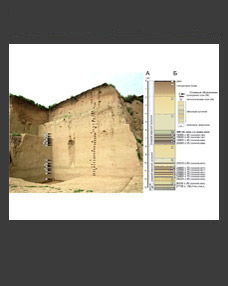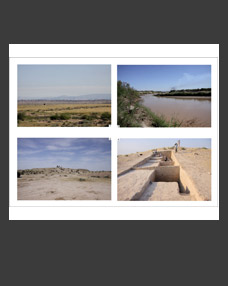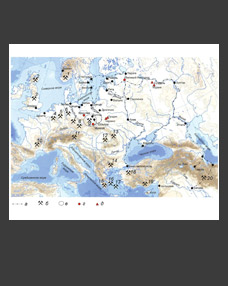Maria B. Mednikova
Institute of Archaeology of RAS, Moscow (medma_pa@mail.ru)
Key words: funeral rite, x-ray fluorescent analysis, the Maikop culture, the Ingul Catacomb culture, mercury compounds, cinnabar, the Early Metal Age.
X-ray fluorescent spectrometry has highly recommended itself as the most important method to identify chemical compounds of different coloring agents (colorants). The starting point of the work was the analytical research of the human remains samples from two burials of the early Metal Age from the European part of the steppe zone in Eurasia. The x-ray fluorescent spectrometer EDAX Orbis PC Micro-XRF Analyzer has been used, which allows making non-destructive express-identification of the elements compound from Na to U with the dimension from 10 μm and without preliminary sample preparation.The research of the superficies of the os frontale fragment of the so called “Maikop chief”, a man of 40–44 years old, from the burial 18 of the barrow Mar’inskaya 3 has been carried out. The main elements, that characterize a chemical compound of the sample, are mercury and sulfur. It means that the os frontale of the “Maikop chief” was painted with unadulterated cinnabar (HgS).The second analyzed sample was a fragment of a clay daub of the facial part of a young man skull from the barrow 7 of the burial ground of the Ingul catacomb culture Zamozhnoye. It is stated that the face of the catacomb man modeled by clay was painted by a pigment contained a compound of hematite and cinnabar. These cases of the cinnabar usage date back to the initial, very ancient even for those days Near East ritual. The painting of the “Maikop chief” face with cinnabar from the Mar’inskaya 3 has a straight analogue in material PPNB from Syria (Tel Abu Hurairah). The second found sample of the mercury usage has even more similarities with the other local variations of the aceramic Neolith (Kfar HaHoresh in the Lower Galilee) thanks to the usage of clay modeling of a facial skull in a funeral rite.
On the usage of the mercury compounds in a funeral rite of the Eastern European tribes in the Bronze Age
·







